This article was made possible thanks to support from the Environmental Awareness Fund. Engage and educate yourself in this 10-part blog series, about Yukon Biodiversity.
5 minute Read and 8:58 minute Video
How to explore the biodiversity in your own backyard:
Hey there! Are you feeling isolated (and who isn’t in this remote territory, during this plague year, in the cold months)? Would you like to connect to nature? Have you considered iNaturalist? It’s a groovy app available on your phone or computer and it’s essentially an encyclopedia to the wide variety of living organisms in your local area and across the globe.
If you’re new to the app, let me give you the basics. First, go outside. Catch some of the fleeting winter sun, take in some fresh air, and observe your surroundings. Next, spot an interesting organism (plant, animal, bug, algae, etc.) and take a nice, full frame photo of it and upload it to the iNaturalist app. Congratulations! You are now an observer and this thing you have photographed is the first of your (many) observations.
Once you have a photo uploaded, it’s time to build a profile for your observation. Tell us what species you photographed, the date the photo was taken, and where it was located. Not sure what you took a photo of? Not a problem. If you take a peek at the screenshot below, you can see a handy dandy drop-down menu that shows up when you click on the species field and suggests, based on your photo, what species you might have photographed. As you can see, the top suggestion for my photo of dwarf fireweed was… dwarf fireweed! What! WITCHCRAFT (which is code for programming I am both impressed by and don’t understand).
iNaturalist – once you upload your photo you can use the drop down photo suggestion prompt to help identify what in fact you are looking at!
If the dark magic of the iNaturalist app suggested species list doesn’t give you a likely answer, someone else can. This is where the identifiers come into play. The iNaturalist community plays host to specialists and seasoned outdoors enthusiasts whose expertise can put a name to the mystery organisms in your photos.
But wait, it’s winter. The insects are dead or dreaming, the fish are under a sizeable roof of ice, and the foliage is exceptionally non-existent. This is all true but that doesn’t mean there aren’t a lot of biodiversity discoveries you can make in the snowy months, far from it in fact. The bird populations in the Yukon change significantly from season to season; the water birds may be gone but the bohemian waxwings are lovely this time of year. We’re also experiencing a rare bird event this winter with the appearance of Steller’s jays. The Steller’s jay is the provincial bird of British Columbia and has only been noted en-masse in the territory twice before this: in 2006 and 1994. This showy blue-black corvid would make a charming addition to your list of iNaturalist observations.
A steller’s jay observed in Carcross, Yukon. Photo Credit Cameron Eckert iNaturalist
But wait, there’s more. Act now and you can take advantage of one of the finest animal observing methods gifted to you by winter: animal tracks. Sure, you can spot footprints in mud during the warmer months but the winter offers an endless white canvas for animal feet. Yes, you can also upload photos of animal footprints. Not only do you get to identify the beasties wandering through your neighbourhood but you also learn to identify them even when they aren’t there. That’s some Sherlock level business.
If you don’t feel like meandering outside (and as we move into the colder days, who could blame you), you can check out your local biodiversity from the comfort of your own home. Remember how you enter the location of your observations? That means all observations are placed in a map that lets you check which organisms have been observed in your area or in the destination of your choice.
All the observations in a given region can be seen from a map view. You can then click on each instance to learn more about the obeservation.
Not interested in your home range? No problem, check in on the gibbon observations in Asia, gaze upon the Macaw palm of South America. The iNaturalist map is a wonderful worldwide experience in biodiversity. You can peruse different species in far-ranging areas based on your interests. iNaturalist lets you check out the organisms based on category (frog, insect, flower, etc.), status (wild, threatened, introduced, needs ID, etc.), and date of observation. Mix it up, check it out, and find something new.
Explore iNaturalist through various categories including species, status, and date of observation.
The iNaturalist app is an approachable means of connecting professionals and the public for the benefit of biodiversity research. The annual Bioblitzes are a great example of this. A Bioblitz is used to determine the health and diversity of an ecosystem by bringing together the local community of both specialists and the enthusiastic public to observe and record as many species as possible in a limited area within an equally limited timeframe to create a “snapshot” of the living things in a specific region. Outside of general curiosity, the data from a Bioblitz can inform decisions about wildlife management and future research.
The 2020 Yukon Bioblitz was held at our very own Yukon Wildlife Preserve in the short span of July 8-10 2020. Not to brag, but the Wildlife Preserve is a great local for a Bioblitz because it’s composed of a diverse array of habitats including forests, meadows, and wetlands which in turn host a variety of plant, animal, and fungi species. Unfortunately, the intentional residents of the Wildlife Preserve were not included in the Bioblitz observations. It would be very impressive to add a muskox or a lynx to your iNaturalist observation repertoire but if they’re full-time residents of the Wildlife Preserve, they’re not necessarily representative of the type or amount of these species that would be present in this area. Alas.
Over the three days of the 2020 Bioblitz, a horde of experts (like Dan Peach – mosquito man) and the public (including me) descended upon the Wildlife Preserve to document every and any species they came across. Even without the residents of the Wildlife Preserve, there were over 400 species recorded during the Bioblitz. That’s a lot! For a little perspective, this count includes:
For the full species list and the distribution map,
check it out here!
The Bioblitz provides a snapshot of what’s present in the territory but there are 482,443 km² of territory to explore. Imagine what else you could find. Get out there, observe, record, and have a good time!
Video shot and edited by Jake Paleczny.
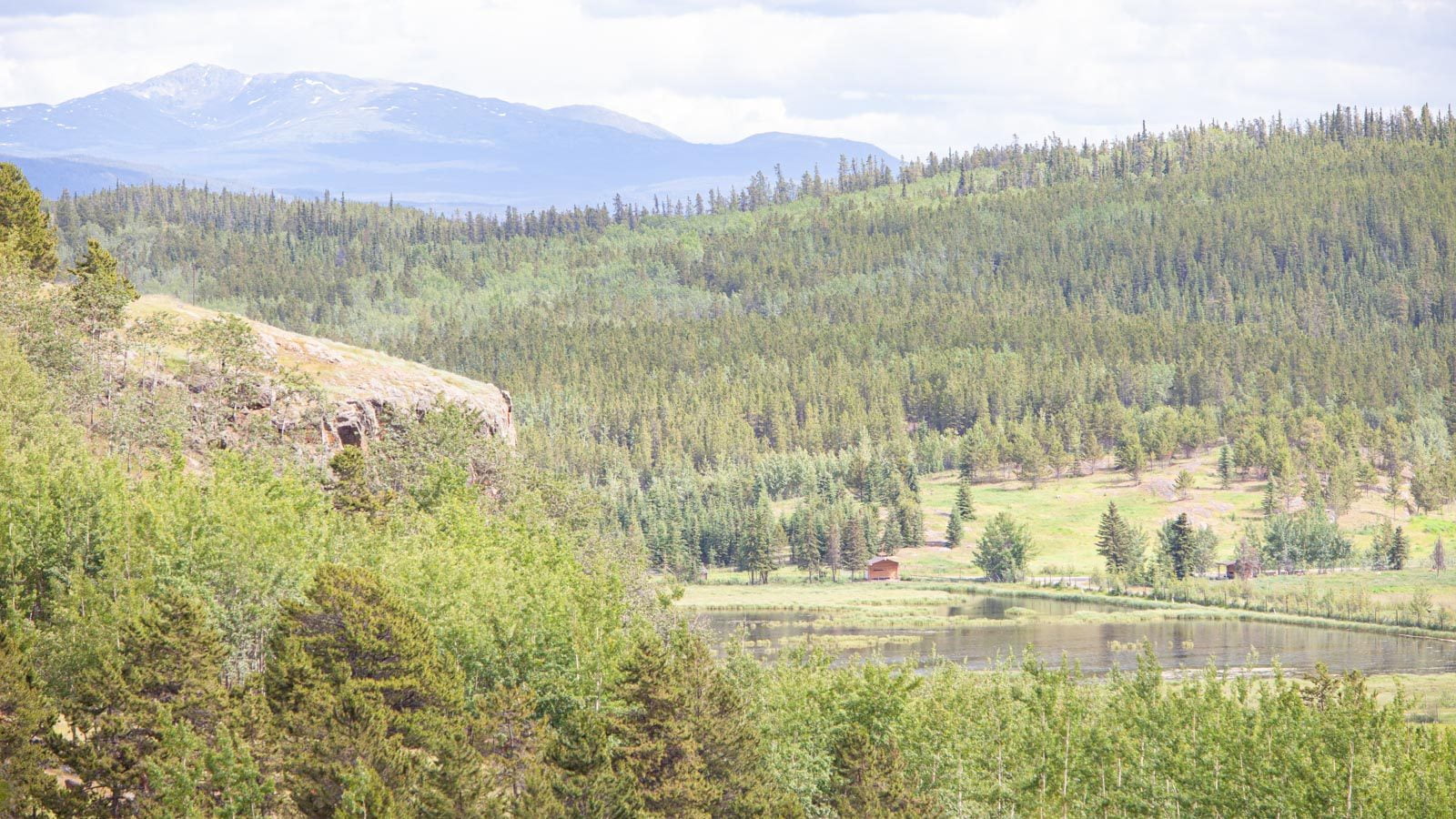
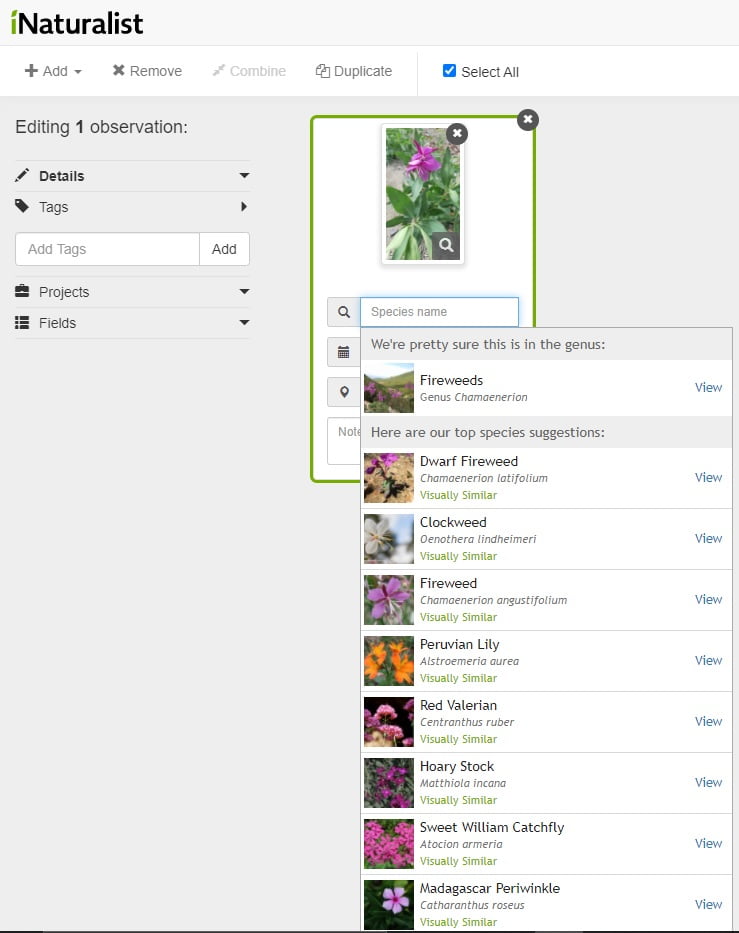
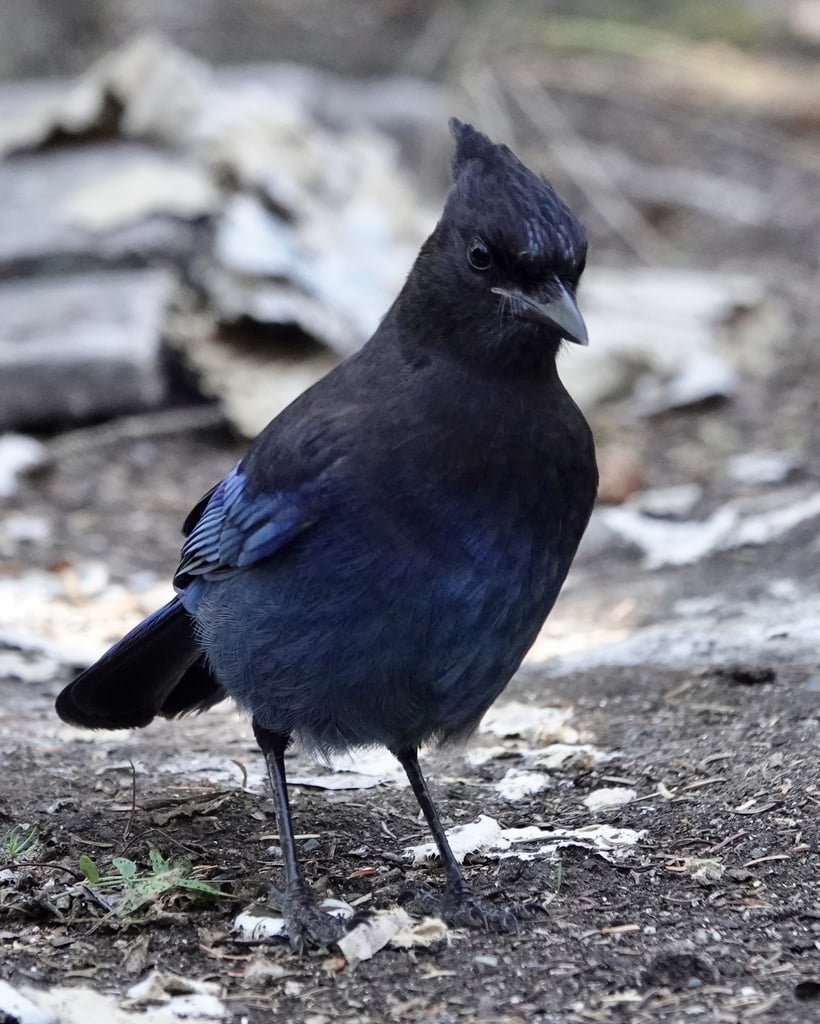
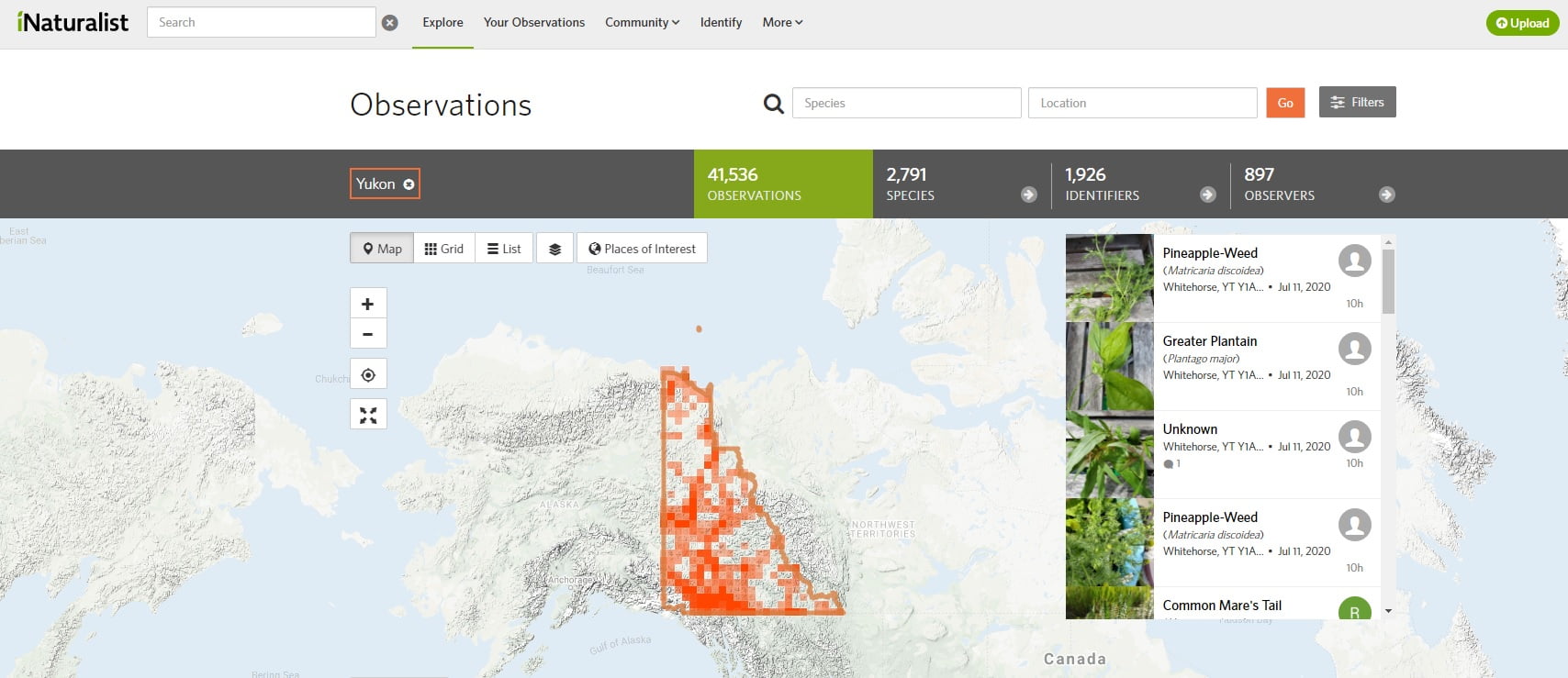
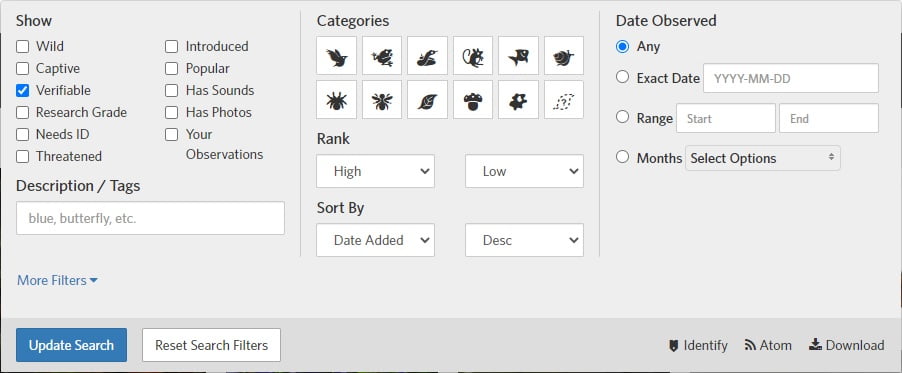
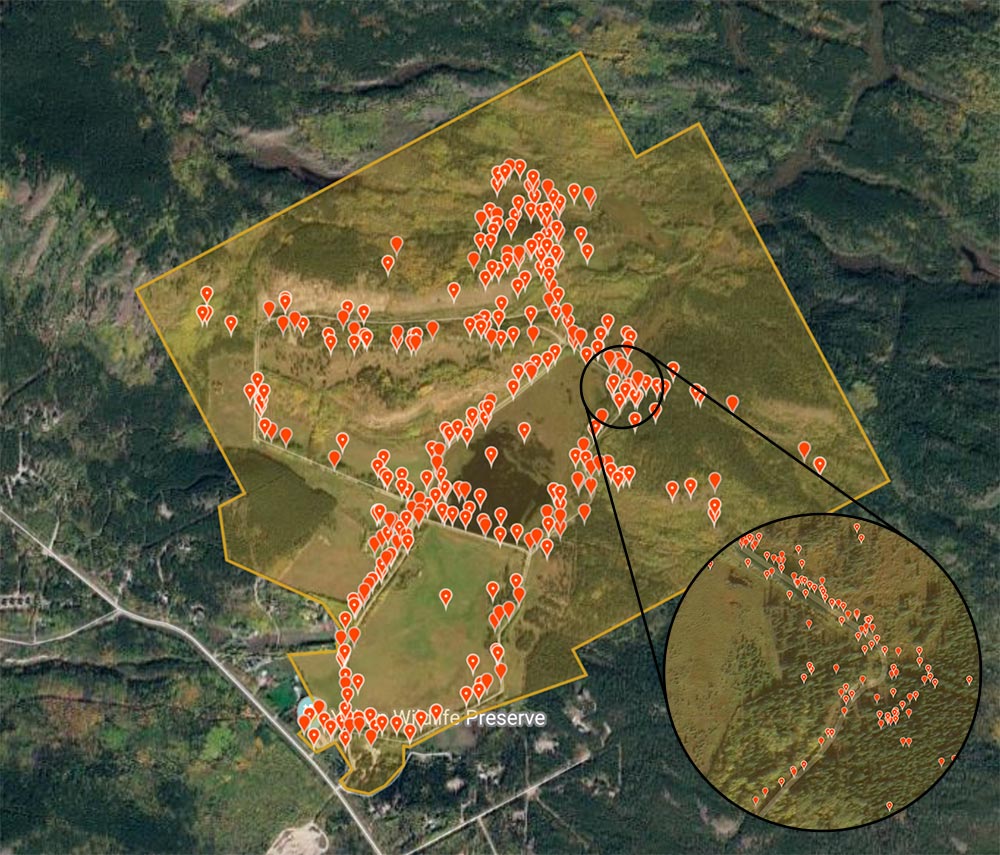
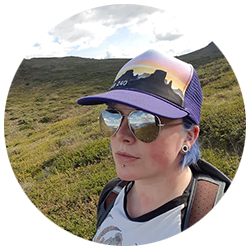

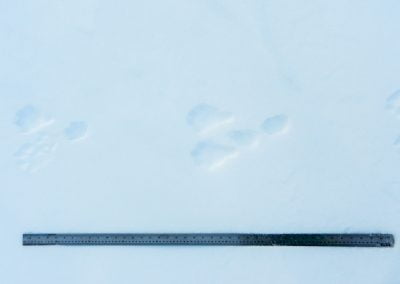
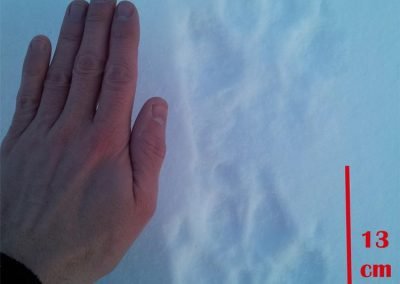
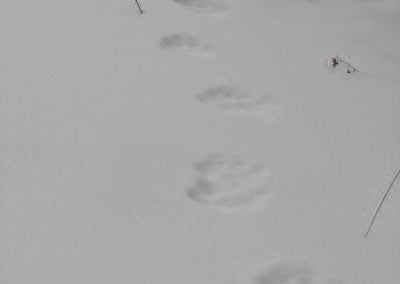
This sounds exciting. I could have sworn I signed on when i got my first late-adaptor’s “phone” a couple years ago, but my re-join didn’t yield any “that e-mail’s already in use” notifications. Probably I backed off due to disclosure concerns (see below).
I have an issue with reporting specific locations of, say, a wolf or coyote sighting, or where I came across their tracks. If I post a photo of a wolf track on Facebook, I will never say where I found it, even vaguely. I saw an FB friend post a photo of an elk and comment to a hunting friend she tagged “Clear [rifle] shot from the road!” and I was dismayed and disgusted.
If I were to locate a rare orchid, I’m sure not telling a soul where I found it! I might broadcast specifically where I spied a raven, though.
Secondly, your winter enthusiasm mirrors my own, but the camera on any iPhone isn’t going to get much detail on a Steller’s jay so not sure what one may do in winter.